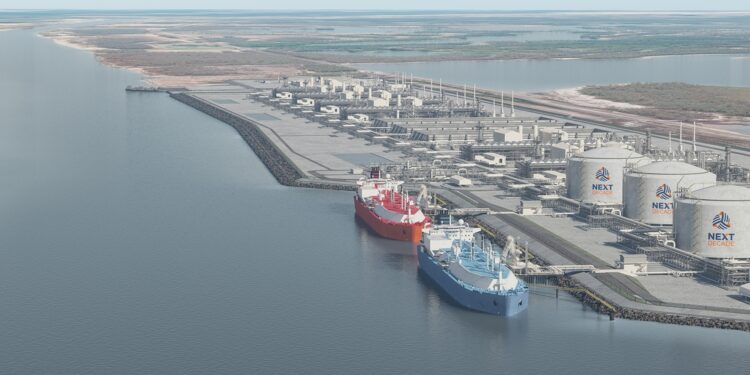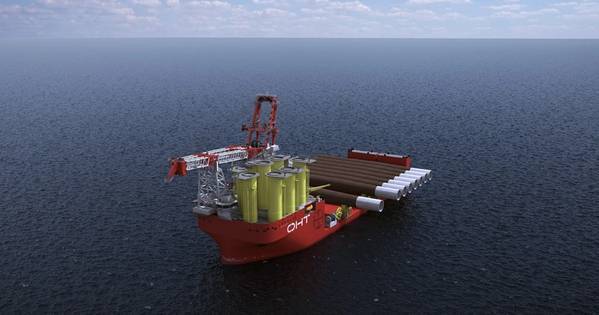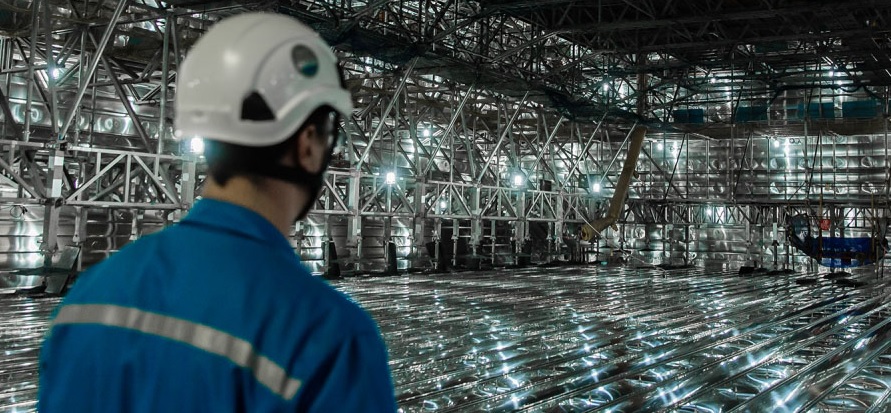The debate around new fuels continues, but one thing is clear: the shipping industry needs clarity of regulation, trust in technology and evidence of a strong supply chain, argues Steve Esau, General Manager at SEA-LNG.
Peter Keller, Chairman of SEA-LNG, says LNG’s growing popularity shows that it offers the certainty needed for investment as shipowners look to 2050. DNV recently reported that 20% of vessel orders placed this year have been LNG-fuelled; the majority are for large, globally-trading vessels equating to nearly 30% of gross tonnage according to Clarksons. Clearly, many shipowners recognise that there is no time to wait on reducing emissions and no reason to wait when choosing LNG. Let’s consider why.
LNG reduces SOx and particulates to negligible levels, NOx by up to 95%, and GHG emissions by up to 23% on a well-to-wake basis. It meets IMO 2020 sulphur requirements and helps shipowners comply with EEXI and CII benchmarks. Its use as bunker fuel has already been codified in the IMO’s IGF Code and proven safe in practice. These are today’s reasons for choosing LNG, but owners placing orders now need to look 20-30 years into the future. This is where the potential for using bioLNG and synthetic LNG becomes important.
SOURCE READ THE FULL ARTICLE
https://safety4sea.com/lng-offers-the-certainty-that-shipowners-need/









